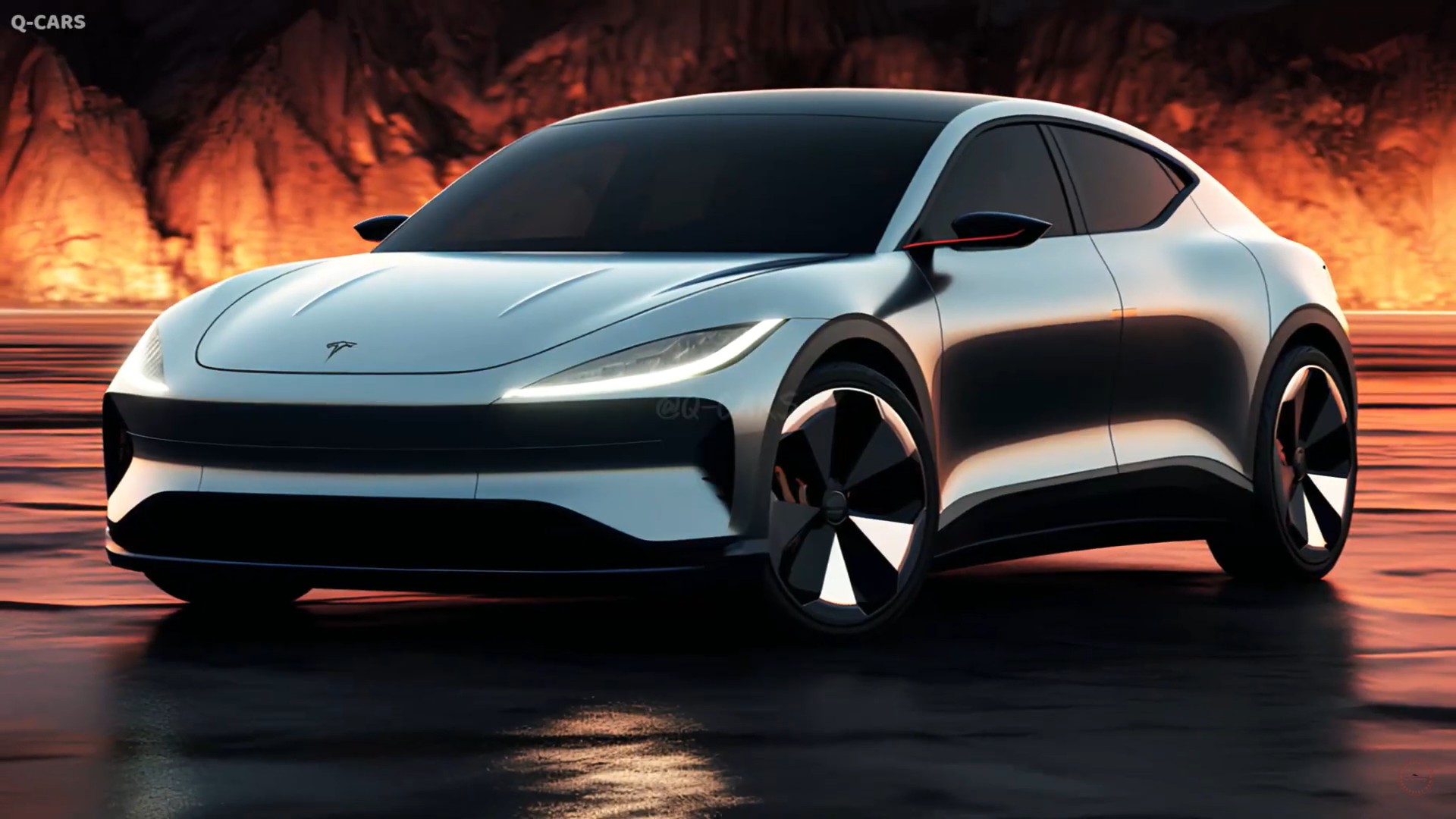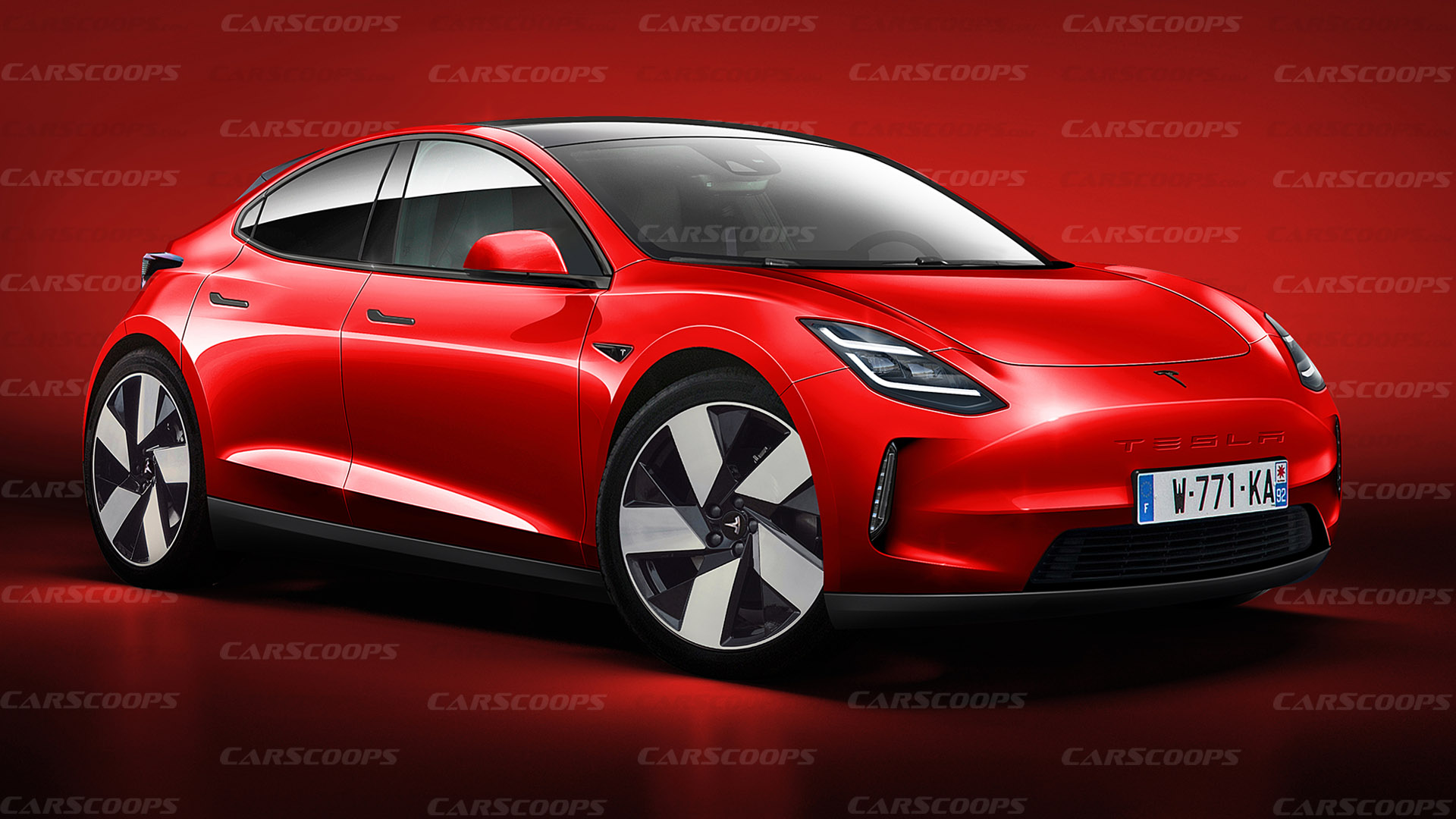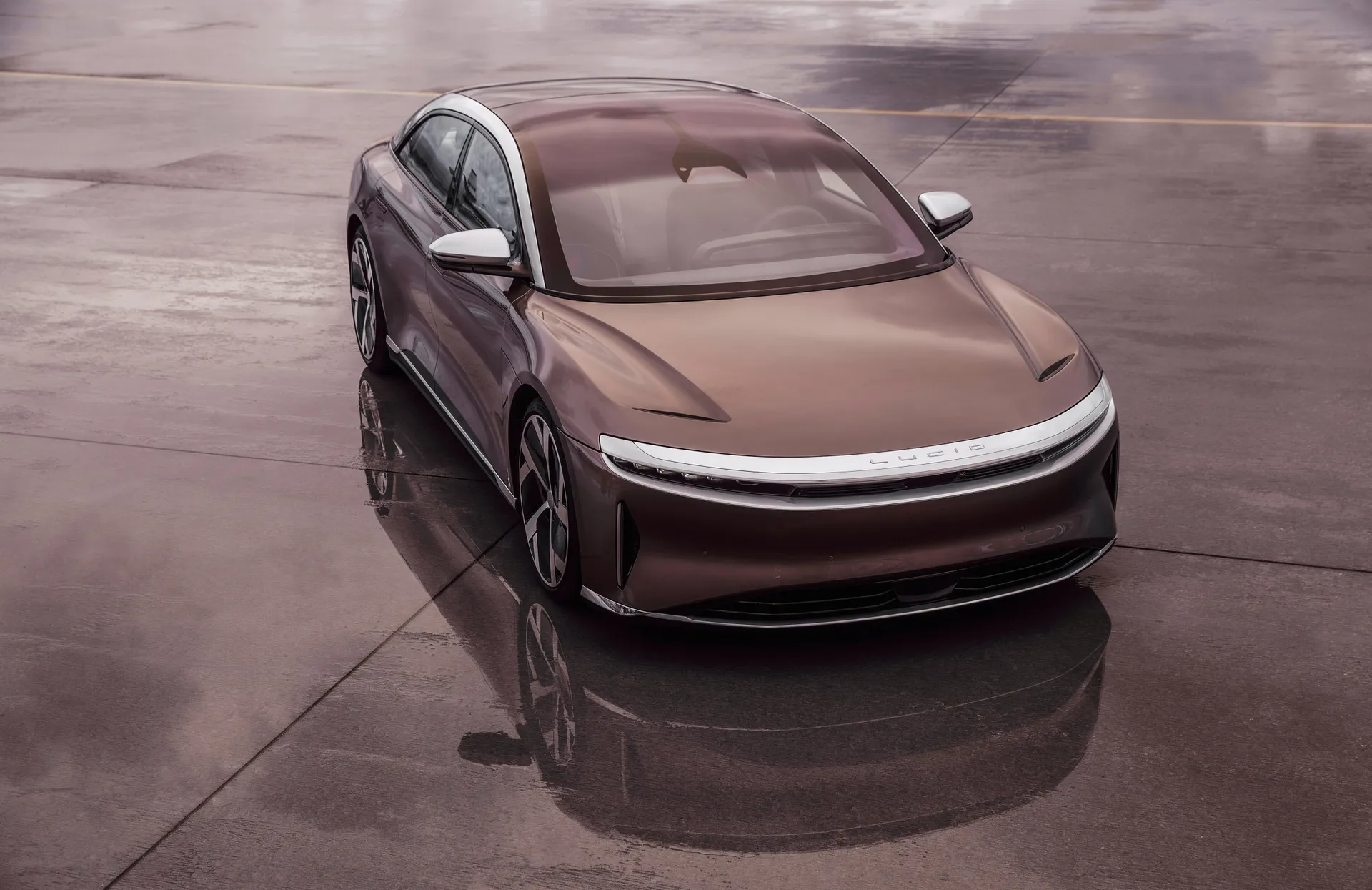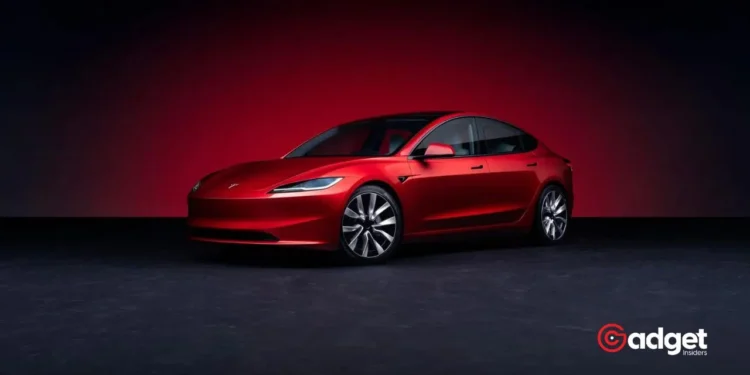Tesla’s journey towards offering more affordable electric vehicles seems to have hit a mild roadblock, as revealed during their Q1 2024 earnings report. Despite a notable 9% dip in revenue and an 18% decrease in gross profits, CEO Elon Musk’s insights about upcoming models spurred a spike in Tesla’s stock prices in after-hours trading, illustrating the complex dance between market expectations and corporate strategy.

A Reality Check for Tesla’s Affordable EV Ambitions
The initial buzz surrounding Tesla’s plans to revolutionize the EV market with a $25,000 electric car took a detour following a recent earnings call. Contrary to the previous promises of a new, groundbreaking “Model 2,” the company now indicates that forthcoming models will be built using existing production lines and technology platforms.
This strategic pivot aims to optimize capital expenditure and maintain production efficiency, especially during economically uncertain times.
Tesla Update: @elonmusk on earnings call hints at share buybacks, more affordable models in early 2025 or sooner (Tesla 1 and Tesla 2), that Tesla is a software, AI and robotics company and that they will have 85000 $NVDA H100 GPUs by year end running models. Also says Robotaxis… pic.twitter.com/2ystjFMh4o
— MartyParty (@martypartymusic) April 24, 2024
What This Means for Tesla’s Pricing Strategy
The shift in manufacturing strategy suggests that these new models might not be as cost-effective as Tesla enthusiasts had hoped. “While leveraging our current production capabilities allows us to scale up efficiently, it may limit the cost reductions we can achieve with the new models,” mentioned Musk during the call.
This comment places the company at a critical junction where the balance between affordability and profitability remains delicate, especially as competition from Chinese manufacturers like BYD and Xiaomi intensifies.

The Bigger Picture: Tesla’s Growth and Innovation Trajectory
Amidst these financial and strategic recalibrations, Tesla’s long-term goals remain ambitious. The company highlighted two significant growth phases: the ongoing global expansion of the Model 3/Y platform and the anticipated advancements in autonomous technology and new product launches. 2024 is set to be a pivotal year, with projected vehicle volume growth potentially slowing as efforts refocus on the next generation of vehicles and other innovations.
Moreover, the company’s dialogue with a major automaker about licensing its Full Self-Driving (FSD) technology could herald a new era of widespread access to advanced driver-assistance systems.
This move not only promises to bolster the company’s influence in the automotive sector but also underscores its commitment to leading the charge toward comprehensive vehicle autonomy.

Strategic Patience and Prudent Growth
As Tesla navigates the complexities of market demands and technological innovations, the pathway to more affordable electric vehicles appears more nuanced than previously envisioned.
The company’s strategy to utilize existing resources effectively reflects a mature approach to growth, emphasizing sustainability over short-term gains.
Investors and consumers alike may need to adjust their expectations, as the EV giant continues to refine its role as a leader in the electric vehicle industry, promising exciting developments on the horizon, albeit with a more measured outlook on affordability.










